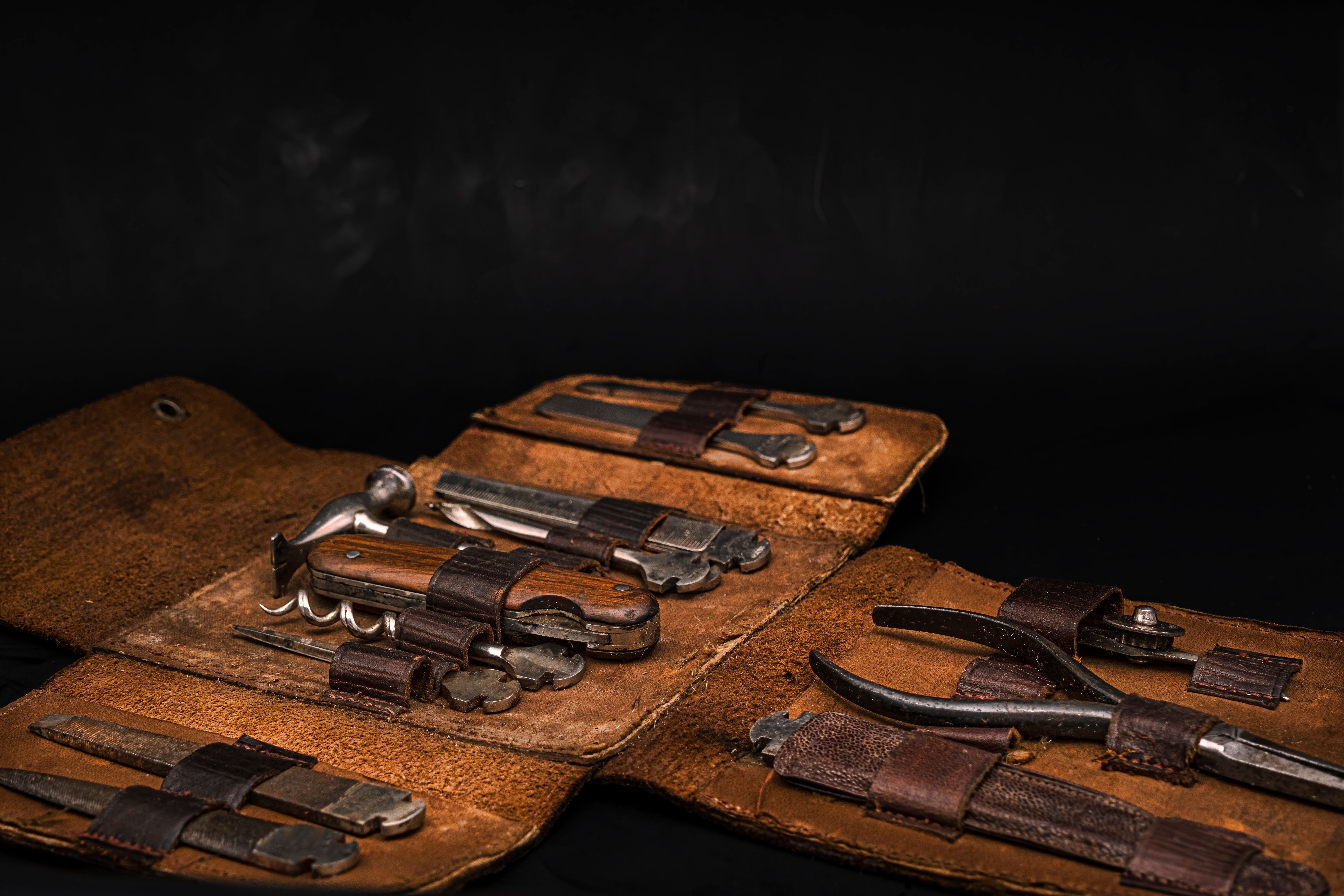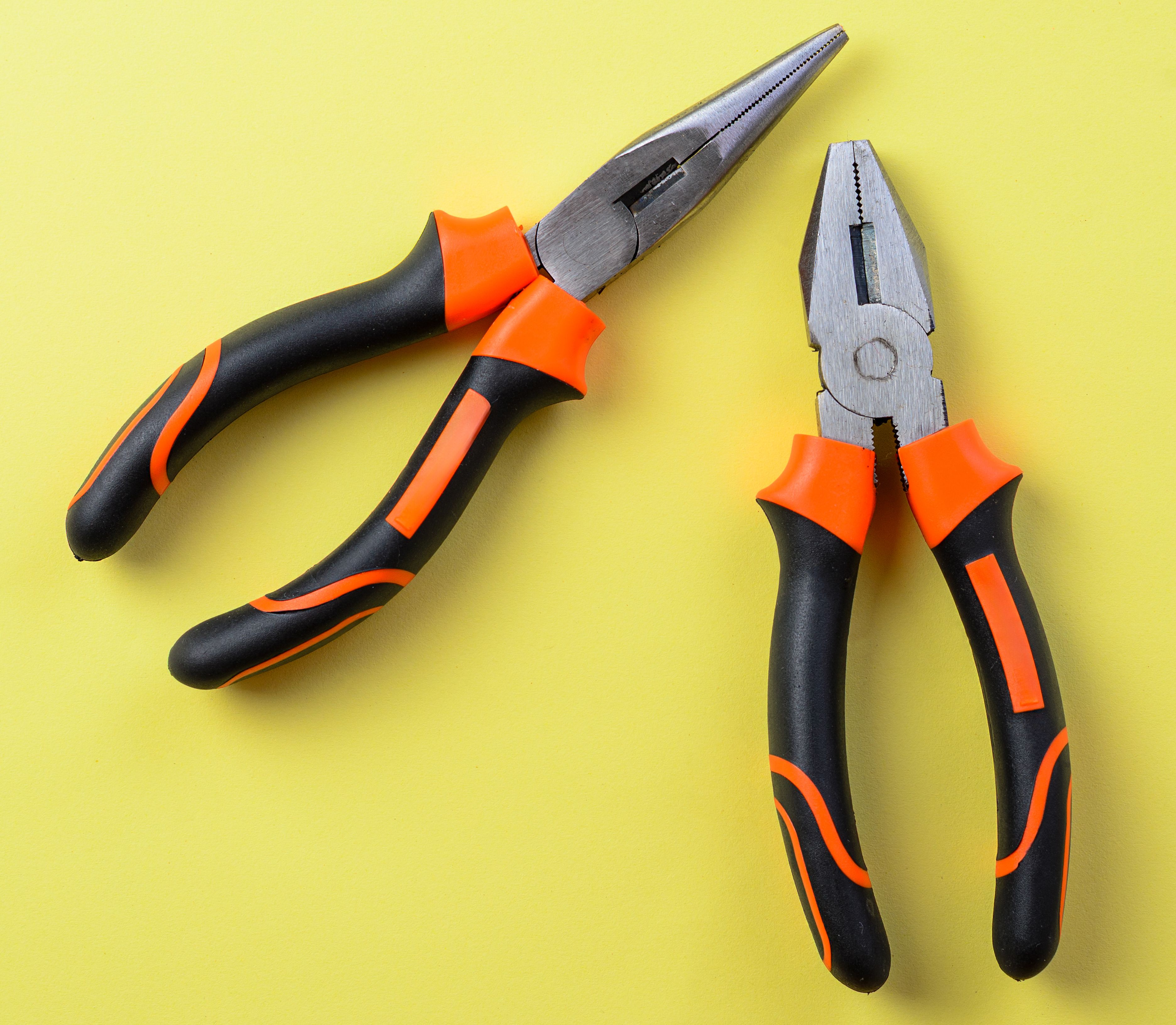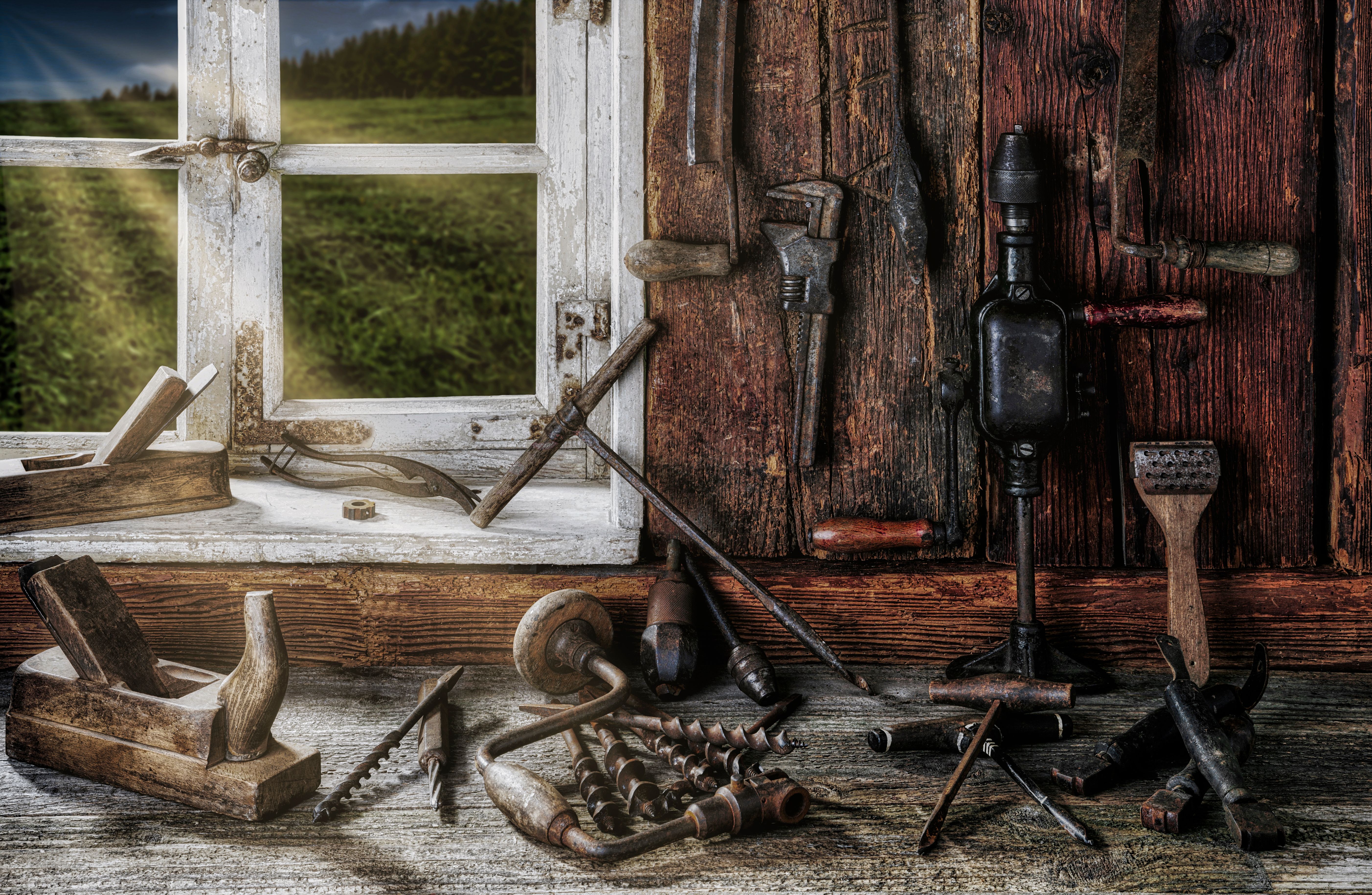Exploring German Tools from 1945
RR
The Historical Context of German Tools in 1945
In 1945, Germany was at a turning point, emerging from the devastation of World War II. As the nation began to rebuild, the tools and machinery from this era played a crucial role in its recovery. German craftsmanship has always been renowned for its precision and durability, and the tools from this period are no exception. These tools not only reflect the technological capabilities of the time but also tell a story of resilience and innovation.
During the war, Germany had developed a variety of specialized tools for military and industrial purposes. After the war, many of these tools were adapted for civilian use, aiding in reconstruction efforts. The transition from wartime production to peacetime applications is an interesting aspect of this historical period.

Types of Tools and Their Uses
The types of tools prevalent in post-war Germany varied widely, from simple hand tools to more complex machinery. Hand tools like hammers, wrenches, and screwdrivers were essential for everyday tasks and were typically made from high-quality steel. These tools were known for their durability and reliability, characteristics that are still associated with German engineering today.
On the other hand, industrial tools such as drills and lathes were crucial for rebuilding factories and infrastructure. These machines often incorporated advanced engineering techniques developed during the war, making them highly efficient and effective for large-scale production.
Hand Tools: A Closer Look
Among the hand tools, some of the most common were adjustable wrenches, pliers, and chisels. These tools were often produced by well-known German manufacturers who set high standards for quality. The precision of these tools made them ideal for various applications, from home repairs to intricate metalwork.

Innovation in Tool Design
The end of the war brought about significant innovations in tool design. German engineers applied lessons learned during wartime production to improve existing tools and develop new ones. For example, power tools became more prevalent, incorporating electric motors that increased their efficiency and ease of use.
Additionally, there was a focus on ergonomic design, making tools more comfortable to use over extended periods. This attention to user experience was a forward-thinking approach that set a precedent for future tool designs worldwide.
The Legacy of German Tools
The legacy of German tools from 1945 is evident in their lasting impact on both the tool industry and global perceptions of German engineering. Many of the companies that produced these tools have continued to thrive, becoming leaders in the industry and maintaining a reputation for quality and innovation.

Today, collectors and enthusiasts seek out these vintage tools for their craftsmanship and historical significance. They serve as a testament to the ingenuity and determination of the German people during a challenging period in history.
Conclusion: The Enduring Appeal
Exploring German tools from 1945 offers a fascinating glimpse into a pivotal time in history. These tools are not just functional objects but are imbued with cultural and historical significance. As we admire their design and craftsmanship, we also gain a deeper appreciation for the resilience and creativity that helped shape post-war Germany.
Whether you are a collector, historian, or simply an admirer of well-crafted tools, exploring this period provides valuable insights into the evolution of toolmaking and its ongoing impact on modern engineering practices.